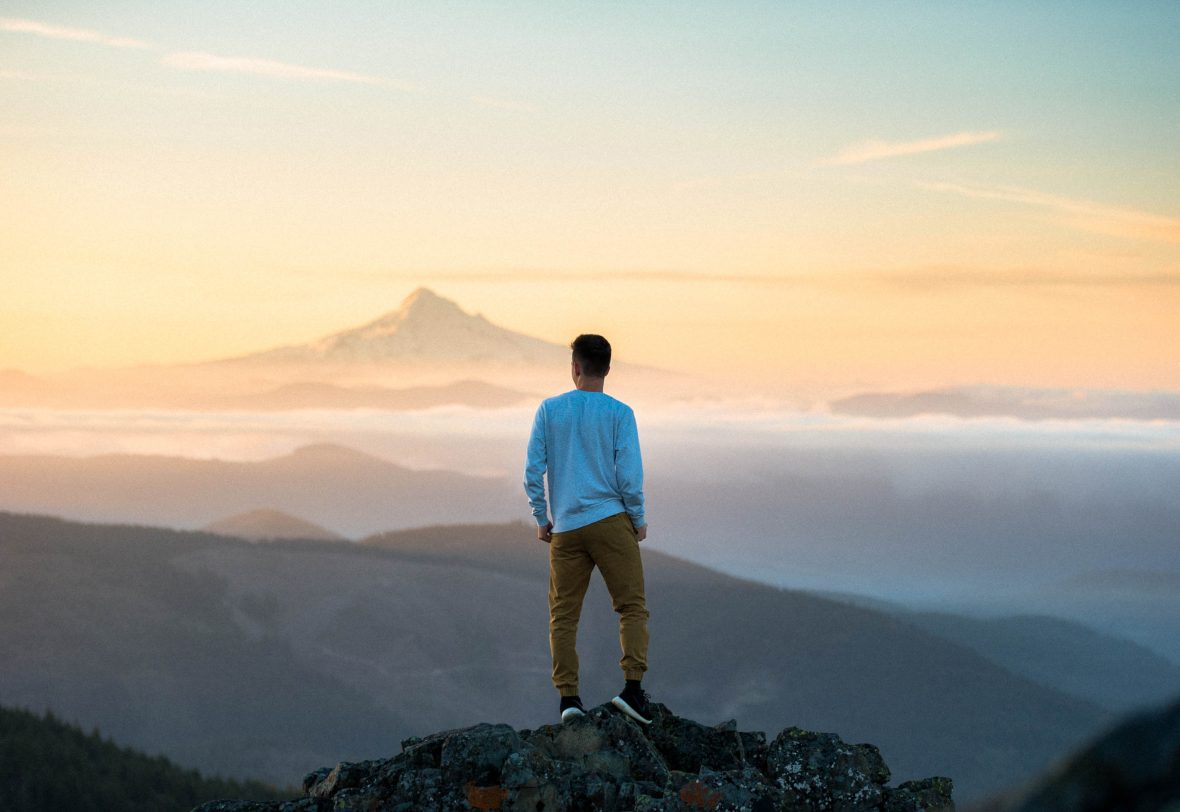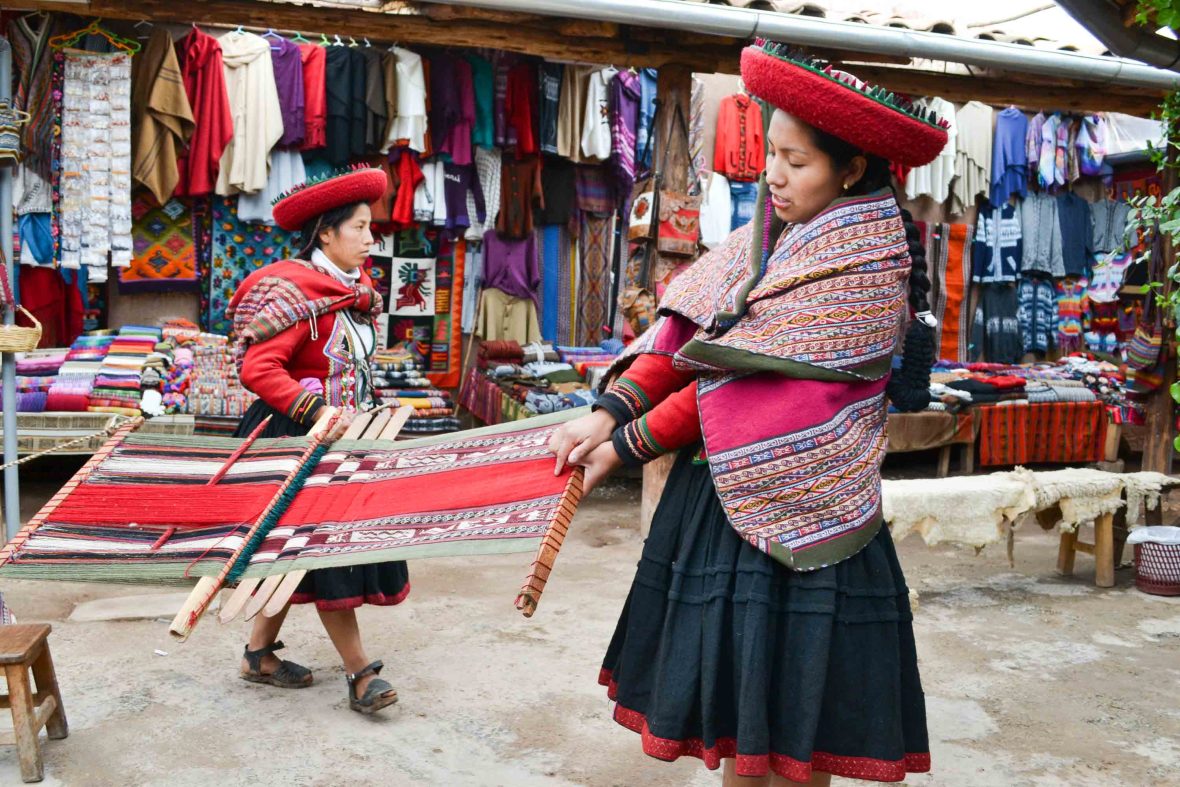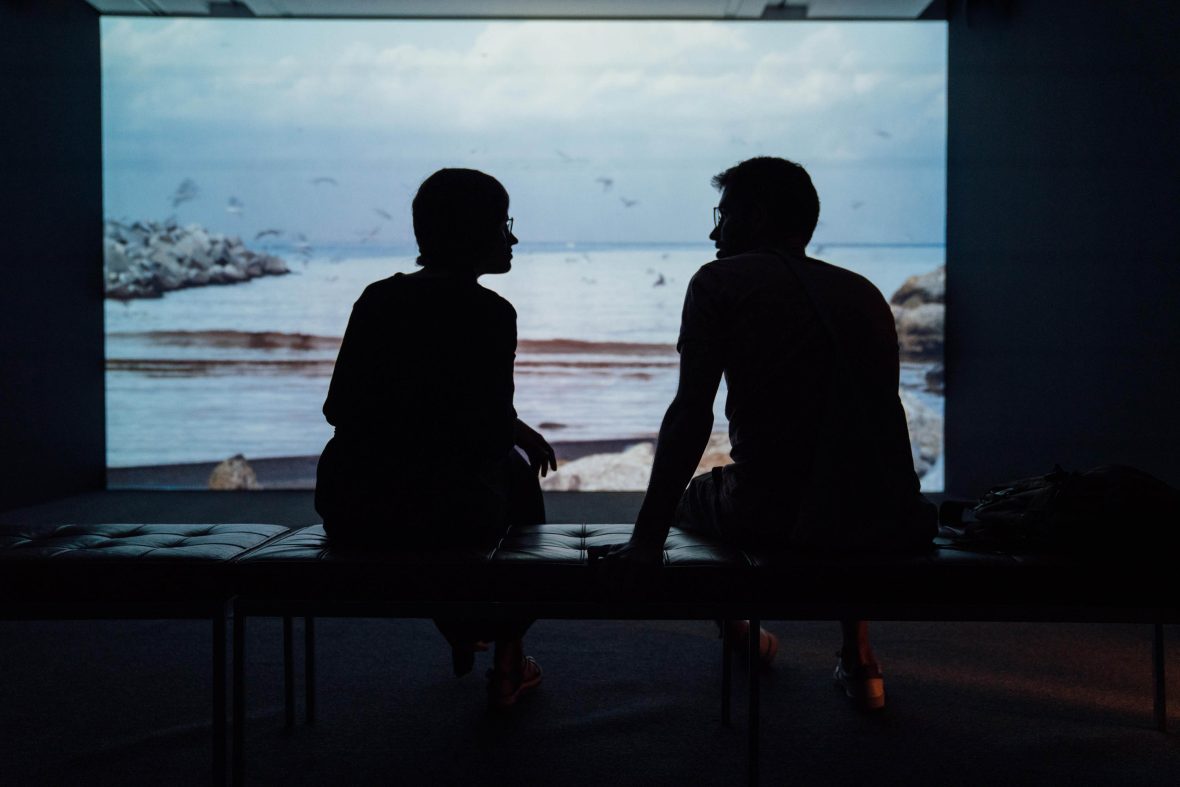
You might have heard the phrase ‘slow travel’ thrown around a bit lately. But what does it really mean? JoAnna Haugen digs a little deeper.


You might have heard the phrase ‘slow travel’ thrown around a bit lately. But what does it really mean? JoAnna Haugen digs a little deeper.
As we enter the post-pandemic phase of travel, it’s promising to see so many people interested in ‘slow travel’. In this context, ‘slow travel’ tends to be focused literally on slowing down—moving at a more leisurely pace, taking more time to get to know destinations, not rushing from place to place, and prioritizing what to do instead of trying to do it all.
Sometimes, slow travel is suggested as a way to approach experiences with an eye toward connection. In this case, slow travel suggests that people should not plan every minute of every day; they should minimize activity while experiencing more, support local communities, and find joy through the act of travel.
This is all great advice—and a very promising shift from a hurried, bucket list-focused form of traveling. But what a lot of this advice often fails to suggest is how to make sense of this new way of moving through the world as a traveler. That’s where the real power of ‘slow travel’ lies.

Travelers who can make the move from ‘slow’ actions and choices to a ‘slow’ mindset that encourages critical thinking and reflection are actually shifting from responsible, action-oriented travel to more holistically aware, mindful travel.
From a holistic perspective, that is far more potent because it has the potential to extend beyond the travel experience, impacting travelers and their own communities long after they’ve returned home.
Despite the fact that a single narrative may dominate your chosen destination, there is never a single story about a place. Every place is complex and multi-faceted—and that’s what also makes places interesting.
Taking the leap from slow travel to embracing a slow mindset is, in part, permission to give yourself space and time to sit with your experiences. And, perhaps, experience the act of travel from an entirely fresh perspective.

The dominant narrative of a place is dominant for a reason. It is the one people know and then reinforce, and it doesn’t take effort to travel with this particular story about a place in mind. Take time before a trip to research your destination and the people who live there, especially and including stories, information, and insight from Indigenous people and other marginalized communities.
Don’t get stuck on written content either: Look for video clips, podcasts, music, interviews, and other forms of content that reveal the many layers of a place. Not everything has necessarily been written about.
Despite the fact that a single narrative may dominate your chosen destination, there is never a single story about a place. Every place is complex and multi-faceted—and that’s what also makes places interesting. Different people have different histories and perspectives. People view the world through different lenses.
Once you’ve got feet on the ground, seek out these different perspectives. For example, take a walking tour with a local street artist, visit a cultural center curated by Indigenous peoples, and sign up for a foodie experience focused on the local Chinatown. Chances are the many storylines that do exist in a place intersect with each other in complicated and possibly unpleasant ways. Be willing to hold more than one way of seeing the world; this is when you’ll have the foundation to grapple with the essence of a place on a much deeper level.

If you’ve embraced the physical aspect of slow travel, you probably already aren’t rushing around to tick sites off a list. But even if you’re not over-planning your day, do set time aside to reflect upon what you’ve learned and experienced.
This time for reflection is a good opportunity to think about what it means to be in this particular space as a listener and observer. I’m a big fan of Dr. Anu Taranath’s book Beyond Guilt Trips: Mindful Travel in an Unequal World. Though written with students in mind and for people facilitating discussions, it is packed with lots of food for thought related to privilege, power, perspective, and awareness embedded in the travel experience.
The slow travel mindset requires actively listening to what others have to say, whether that is an Indigenous person sharing local knowledge, a guide providing context on a tour, a chef explaining the concept behind a meal, or other travelers sharing their observations about an experience.
If you experienced the day with travel companions, this reflection could take the form of a conversation, if that feels right for you. Getting into the slow travel mindset requires a willingness to have potentially uncomfortable conversations—conversations that could bring up difficult issues, surprising reactions, and no easy answers. Don’t be afraid to ‘go there’ and discuss controversial issues like the climate crisis, race, migration, and colonialism.

Listening is as important in a conversation as speaking. So many people hear just enough to start forming their next thought and statement in response that they don’t actually take the time to listen to what is being said.
The slow travel mindset requires actively listening to what others have to say, whether that is an Indigenous person sharing local knowledge, a guide providing context on a tour, a chef explaining the concept behind a meal, or other travelers sharing their observations about an experience.
Because so many people are already forming the next thing they want to say, they rarely sit in silence. Slowing down in a very literal sense means there is time to pause, reflect, and formulate a thought before responding. Silence is space, and space is part of creating the conditions for meaningful slow travel.

One of the key problems with many experiences is that travelers are treated as passive participants. They’re talked at, told to read placards, and expected to listen—which, of course, is appropriate at the right times. They are witnesses to the world around them. Yet, the most important parts of people’s lives don’t tend to focus on what they observe or even what happens to them, but how they experience those moments.
This is why hands-on activities like crafts classes or deeper learning opportunities like citizen science can be such a powerful piece of a travel experience. These activities move travelers from passive participants to engaged global citizens in the world around them, so seek these opportunities out. Experiencing moments in this way is a way to remember them in a more layered, nuanced, and even tactile way.
The most memorable travel experiences often spring from unexpected moments—a conversation, a casual cup of coffee, a shared joke. These things can happen when intentional space for unintentional moments is built into a travel itinerary—when under-planning pays off. This is the manifestation of ‘slow travel’ in a very real way.
Slow down and let the world unfold around you without expectations. Be open to what arises. In this way, your trip becomes a vehicle for supporting a slow mindset and uncovering a more meaningful travel experience.
***
Adventure.com strives to be a low-emissions publication, and we are working to reduce our carbon emissions where possible. Emissions generated by the movements of our staff and contributors are carbon offset through our parent company, Intrepid. You can visit our sustainability page and read our Contributor Impact Guidelines for more information. While we take our commitment to people and planet seriously, we acknowledge that we still have plenty of work to do, and we welcome all feedback and suggestions from our readers. You can contact us anytime at hello@adventure.com. Please allow up to one week for a response.






Can't find what you're looking for? Try using these tags: